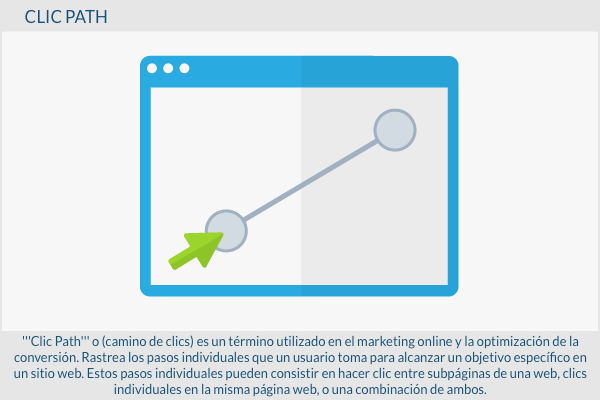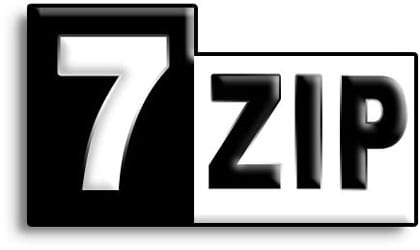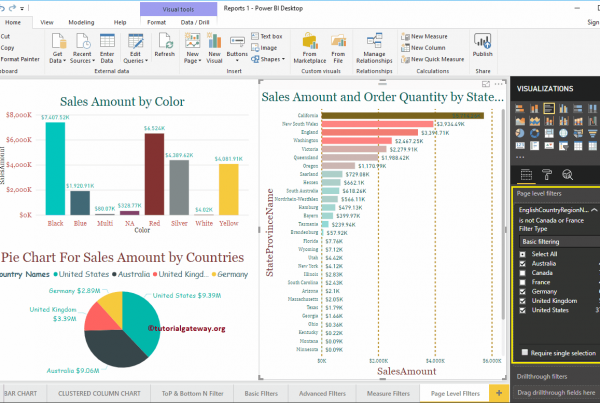Click Path o (click path) is a definition used in online marketing and conversion optimization. Track the individual steps a user takes to achieve a specific goal on a web portal. These individual steps can consist of clicking between subpages on a website, individual clicks on the same website, or a combination of both.
Structure
A click path it is generally made up of the trajectory along which a user takes from entering the page to leaving it. However, you can also consider the click paths within a web page to draw the essential conclusions for optimization. The source of the entry page, the bounce rate on the main page, the length of stay per page and the number of pages a visitor visits are often important in analyzing click paths. Google takes into account the length of stay and the bounce rate as part of the ranking.
Example based on an online store
As a visitor to a web portal, you use Google search to get to an information page (also called a landing page). From there, click a category overview, then a detail page, where you put a product in your cart. Hence, a percentage of sales can be assigned to each page in the click path or click path And, by means of web analytics, all entry pages can be assigned online marketing measures proportionally. The length of the click path can be measured as a KPI in e-commerce. If an online store knows the average length of the click path leading to a conversion within a certain category, you can take full advantage of the entire page architecture.
Online stores strive to click short routes to purchase a product. However, on publishers' portals or news pages, click paths long, since conversions can be increased by a more usual commercial promotion.
The path to the shopping cart
The optimization of the shopping cart plays an important role, mainly in the optimization of the conversion. Again, it is the click path that is analyzed. The faster a customer goes through the ordering process, the more likely they are to buy something as well. Consequently, all items that lead to bouncing on the click path required for a purchase should be minimized or optimized. Optimization can include the addition of trusted items such as purchase stamps or customer reviews, or it can be achieved through the adaptation of graphic items. One-page checkouts, where customers complete the entire ordering procedure on one page, are another common alternative.
Click paths and event tracking
A click path It's not just about URLs that are accessed separately for each step. Event tracking allows you to determine the click paths for individual clicks on items on the page. In an online store, this could be clicks on more information about the product range or a long description.
Importance to search engines
The length of a click path it can be an indicator of the relevance or legitimacy of a web portal for search engines. The longer the one-click journey, the more information will appear on the respective web portal. However, a page hierarchy that contains too many layers would be disadvantageous for both users and search engines. A maximum page depth of four levels is recommended. This means that you don't have to click more than four times to get to the desired page. Online stores generally avoid this problem of click paths too long with efficient product search filters that guide you to the desired destination on a single page.
Web Links







